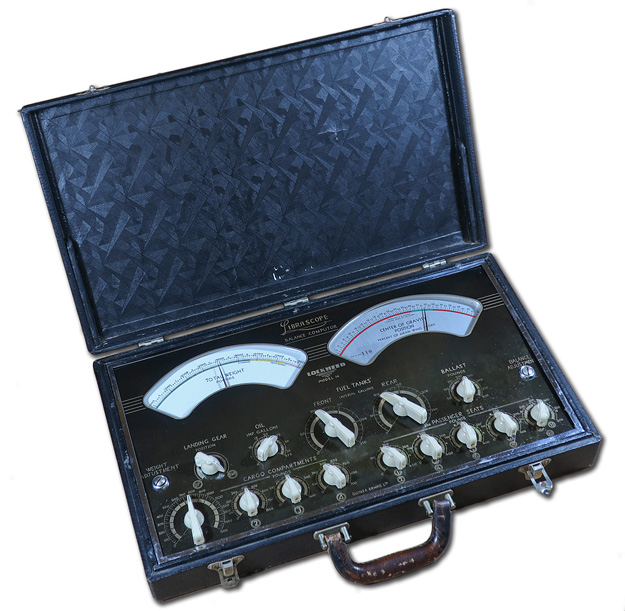
One of the vital tasks when operating any aircraft, large or small, is ensuring that the aircraft is loaded to no more than its permissible weight and that the centre of gravity (CG) position is within the permissible limits. Failure to ensure that these two parameters are observed can have serious detrimental consequences for the aircraft's performance, handling and even structural safety. Indeed, many aircraft have come to grief over the years through mis-loading.
Performing the necessary calculations is fairly simple with smaller aircraft, but the larger the aircraft the more complex the possible loading permutations become, and the more complex become the weight and balance calculations. This can be both time consuming and error prone. This was the problem confronting the operators of the new generation of large, all-metal airliners entering service in the late 1930s.
One solution was provided by Librascope Inc. of Burbank, California, USA in the form of a mechanical weight and balance computer. The example on this page, from the CAHS collection, was originally used by Guinea Airways for their Lockheed 14s. The pilot dials in the weight of fuel, oil, passengers and ballast at each loading station and the two upper windows show the total loaded weight and the CG position. This can easily be checked with the retractable landing gear in both retracted and extended position (since the gear retracts rearward, it changes the CG position as it does so).
Being the size of a small briefcase, the Librascope is very portable. It is also quite robust and reliable.
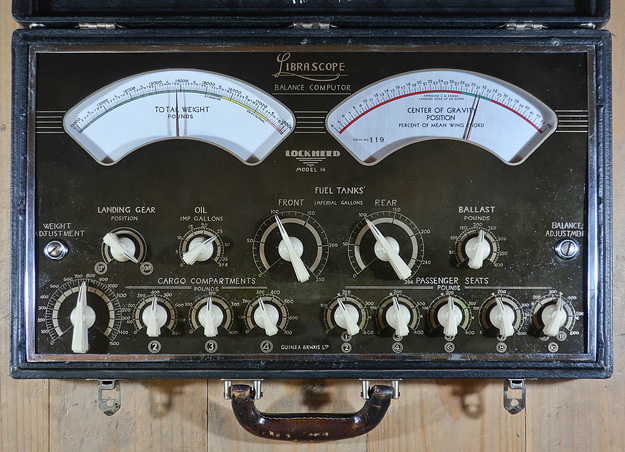
Above: The face of the Guinea Airways Librascope from the CAHS collection. Click on the image to download a .pdf file of larger images of this object. (1.9 MB)
Below: Click on this contemporary illustration to download a short article on the Librascope from Shell Aviation News for October 1937. (1.4 MB .pdf file)
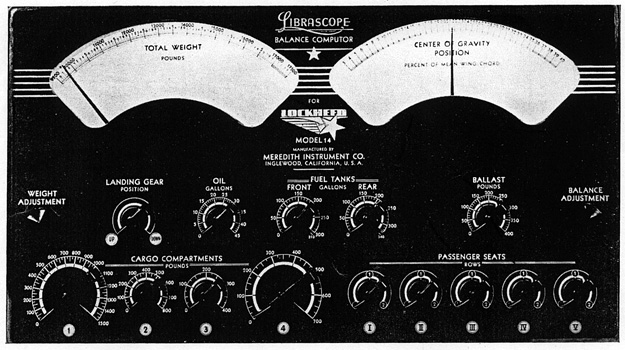
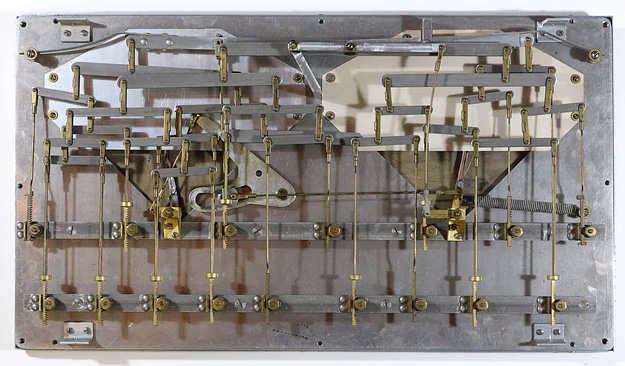
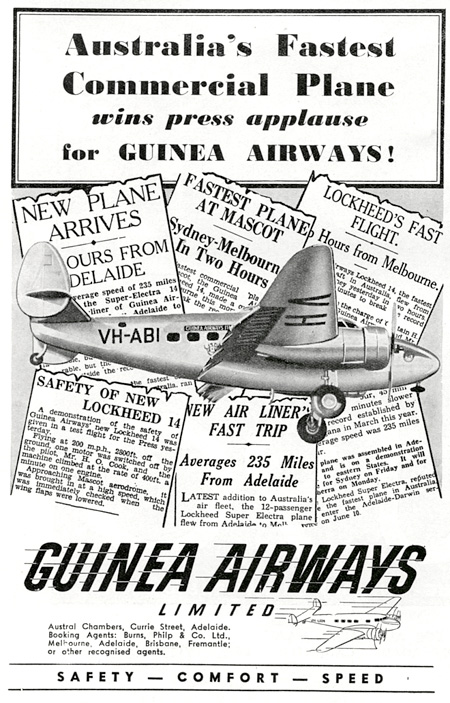
Above: The internal mechanism of the Librascope is quite complex but relies on the simple principle of the lever - the lengths of the levers corresponding to the moment arm of each loading station.
Left: Guinea Airways' Lockheed 14s were fast and modern when introduced on their Adelaide-Darwin service in 1938. Although they could not carry as many passengers as the contemporaneous Douglas DC-3, the Lockheeds were faster. They were also used into Australia by Dutch airline KNILM and the RAAF also used many during the Second World War in the form of the Hudson reconnaisance bomber.
(Aircraft, 1 July 1938)
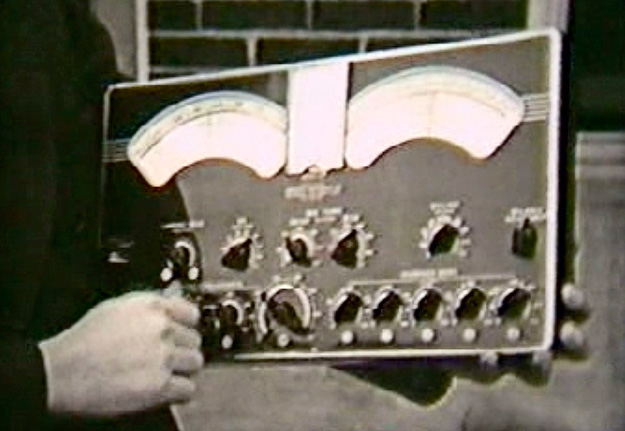
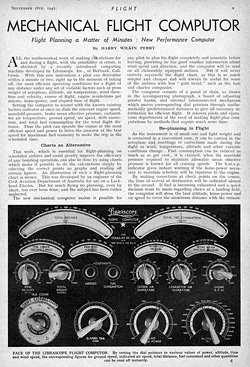
Above: This is a still from a home movie shot by Controller of Civil Aviation Edgar Johnston on one of his 1930s overseas trips. The short section shows the Librascope, then a very modern invention, being demonstrated.
Left: Click on this image to download a short article on another variant of the Librascope - this one a performance computer for a DC-3.
(Flight, 18 September 1941)
(Photos: 1,2,4 & 5-CAHS collection)
Back to the main Airworthiness index
Back to the main Items of General Interest index
If this page appears without a menu bar at top and left, click here